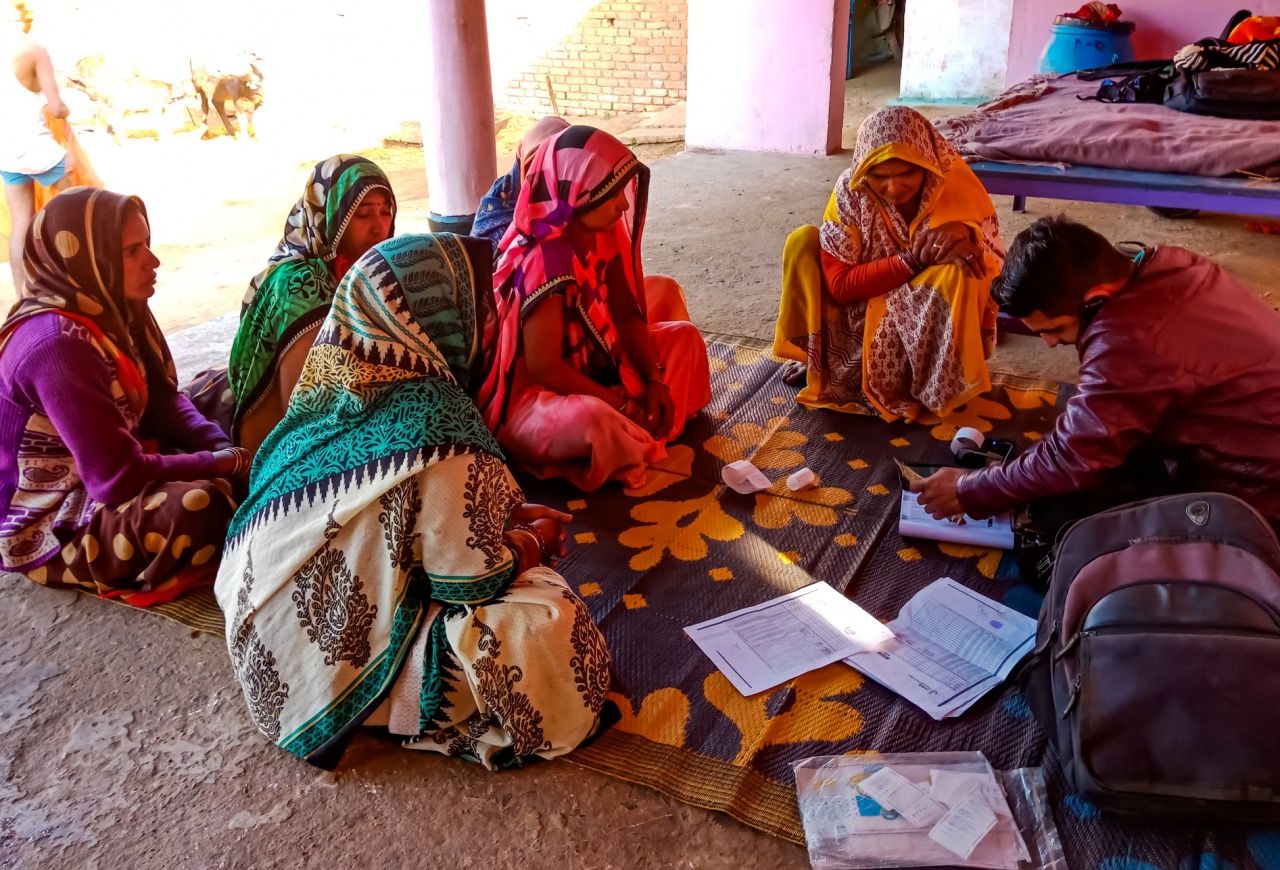Microfinance has recently come under fire for failing to protect borrowers and lacking standardised policies. Social Performance Task Force’s Jurgen Hammer speaks out in defence of the sector

Microfinance has become a profitable business for lenders at the cost of borrowers, critics say. An alleged lack of policies to protect borrowers’ rights would be a main reason for that.
Nonsense, reacts Jurgen Hammer of the Social Performance Task Force. Such standardised policies have existed for over a decade and used all over the world.
Earlier this year, and under the umbrella title of ‘The Dark Side of Microfinance’, Bloomberg published an extensive article – ‘‘Big Money Backs Tiny Loans That Lead to Debt, Despair and Even Suicide’ – and a video feature, highlighting abusive collection practices and other forms of client exploitation among microfinance providers.
Another article in the series – ‘JP Morgan’s $175 Million CLO Packaged Pain Into Profit’ – specifically addressed the use of Wall Street-type techniques like packaging loans into collateralised loan obligations (CLOs). The practice of relying on outsourced assessments instead of own independent research when it comes to evaluating potential investees, is also criticised.
The articles caused unrest in the microfinance sector, as well as some strong reactions. One of these came from the Social Performance Task Force (SPTF).
“We deplore the actions of those who abuse and exploit the poor while marketing themselves as their saviours”, SPTF’s executive director Laura Foose and managing director Jurgen Hammer, stated in an open letter to the authors of the Bloomberg article. However, they fiercely object a quote in the ‘Big Money’ article, which said: “We haven’t set up policies to standardise and protect borrowers’ rights.”
Standards
“Those standardised policies do actually exist, and have for 10 years”, emphasises Hammer, who leads the European SPTF-office based in Luxembourg. “The Universal Standards for Social and Environmental Performance Management have been developed as a collective result of finance providers, donors, investors and other stakeholders and are used all over the world by microfinance providers.”
The standards, which include Client Protection Standards, are widely acknowledged. Investors like Symbiotics and Triodos Investment Management elected representatives to the SPTF Board of Directors, incorporate adherence to the standard in their assessment of investees, and increasingly make this a condition for investment.
“But more can and needs to be done to get these standards fully and globally incorporated into policies and practices by finance providers, into national regulations, into criteria for investors, lenders and other supporting entities,” Hammer admits.
A network for the sector
The Social Performance Task Force was set up in 2005 in the US, with support of the Ford Foundation. “From the beginning SPTF was created as a network of the entire industry”, Hammer says. “Our aim is to make financial services safer and more beneficial for clients, and to ensure that the interests of employees, local communities, and the environment are given priority attention.”
The organisation gets core funding from the national development agencies of Switzerland and France as well as the Luxemburg government, and works with some 50 contributing members, including ILO and the European Investment Bank. “We need these sponsors”, Hammer says, “because we do not sell any services. Everything we do is open-source, with free access.”
Recently, SPTF introduced its Client Protection Pathway, “a roadmap for improved client protection practice”. Financial service providers that decide to follow the pathway, receive guidance including training webinars and connections to client protection professionals.
Existing rules on client protection should be improved, Hammer says: “They did a great job, but could not prevent the crises with overindebted clients in Cambodia and Sri Lanka which Bloomberg reported on.”
SPTF is involved in a worldwide debate and continued process on improvements. At the end of September, there will be an international meeting in Paris on this, together with the OECD. “It’s a non-brainer”, Hammer says, “client protection should be obligatory in all loan contracts. Presently that’s the case in not more than 15 percent.”
Essential piece of the puzzle
A lot of the evidence being used in the Bloomberg articles and the microfinance debate as a whole is anecdotal. More thorough and independent research should help paint a more realistic picture. An interesting example is the recently published ‘60 Decibels Microfinance Index Report‘. This impact study was done from the ground up: nearly 18,000 microfinance clients from 72 microfinance institutions across 41 countries were asked about their experiences.
The report’s main conclusion is that microfinance remains an essential piece of the puzzle to ensure financial wellbeing to millions of people. Clients who report business income increases also report an improvement in their household incomes. Clients of microfinance providers report higher than average capacity to deal with an economic shock.
According to Hammer, this is a great research but he also emphasises that a huge amount of information is already available. “Our biggest challenge is efficiency in data. It’s amazing to see how much research individual financial institutions organisations are doing. They have an endless amount of data but they sit on it. We need to find better ways to share these data.”
Transparency is key, as well as accountability. “We are still far away from that”, Hammer says. “Many development agencies and investors use their own standards. But even if they publicise the methodology of their standards, nobody understands it. You cannot read it. The only way is to commit to a widely accepted set of rules and standards.”
In the absence of a worldwide regulator able to impose requirements for transparent evaluation and reporting on social and environmental responsibility in financial services, this has to be done on a voluntary basis.
But things are moving in the right direction, Hammer observes. “We are extremely pleased with the steps being taken in the European Union towards mainstreaming environmental and social accountability in finance. And we also advise a growing amount of governments in the South, that want to integrate elements of client protection or financial good governance in their legislation. That’s quite encouraging.”





